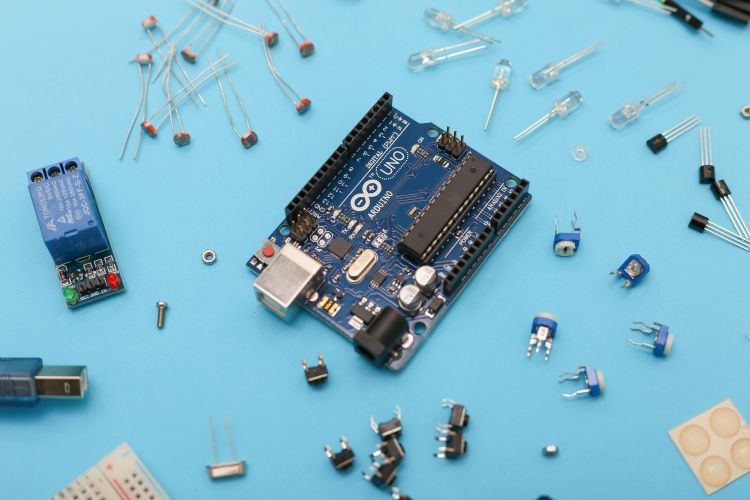PLI scheme: Technology major Apple has significantly contributed to the nation’s export achievements. India’s electronics exports have soared past gems and jewellery, claiming the third spot in the country’s top 10 exports for the April-June quarter of 2024-25, driven by a surge in Apple iPhone shipments. Electronics exports surged 22% to $8.44 billion in the first quarter of the current fiscal year, surpassing the $6.94 billion recorded in the same period last year.
This success is largely attributed to the launch of the smartphone production-linked incentive (PLI) scheme, which has led to steady and substantial growth in both mobile and electronics exports. Prior to the introduction of the PLI scheme in April 2020, mobile phones ranked as the 14th largest export category in India, with shipments totalling $2.9 billion during the 2019-20 fiscal year.
READ | Monsoon madness: India’s agricultural economy under threat
However, the success of the PLI scheme and its value addition criteria has sparked debate. While companies have performed exceptionally well under the scheme, former RBI governor Raghuram Rajan recently suggested that manufacturing was a missed opportunity for India. Rajan’s critics argue that his statements about value addition in the PLI scheme focus on a narrow segment and miss the broader picture.
The Value Addition Conundrun
The government aims to boost local manufacturing and value addition, particularly in electronics and advanced automotive products, through the PLI scheme. Coupled with the Phased Manufacturing Program (PMP), the scheme has increased value addition in electronics by 23% and smartphones by 20% since 2014-15, according to government claims. However, Rajan raised concerns that the subsidies offered under the PLI scheme might provide more financial incentives to companies than the actual value added through domestic assembly. Rajan has written a series of newspaper columns on the drawbacks of the government’s flagship PLI scheme.
While India is attracting companies looking for an alternative to China, it is attracting relatively few of these flows compared to Vietnam, which is drawing enviable foreign direct investment (FDI). Rajan argues that while the PLI scheme makes for good headlines, it is not a feasible long-term strategy. Companies might be lured by government funds to finish manufacturing work in India, but this does not guarantee the creation of a sustainable ecosystem.
According to Rajan, a better approach would be to invest in human resources instead of providing subsidies to attract low-skilled manufacturing jobs. Currently, India appears to be settling for importing parts and assembling products, which is not a sustainable solution, especially as the world seeks a China+1 alternative. Progress cannot be achieved if the labourforce lacks the skills for advanced manufacturing work.
Counter arguments and Future Outlook
Rajesh Kumar Singh, Secretary in the Department for Promotion of Industry and Internal Trade, recently dismissed Rajan’s concerns, stating that the PLI scheme’s benefits are overlooked due to an overemphasis on value addition. Singh argued that the scheme is self-sufficient, generating substantial tax revenue through GST and income tax that far exceeds the provided incentives. Under the PLI, companies must invest, start selling, and reach certain thresholds to receive the incentives. Since the incentives are back-ended and investment is front-ended, Singh believes the merits of the PLI scheme cannot be dismissed outright.
The PLI scheme has undeniably contributed to India’s growing electronics exports, with Apple’s success serving as a prime example. The debate around its long-term efficacy and impact on value addition remains contentious. The government continues to highlight positive factors such as job creation, tax revenue, and export growth. However, India must focus on moving up the value chain to ensure its long-term success as a global manufacturing hub. The government should not be complacent with short-term gains but must maintain a long-term vision to capitalise on its manufacturing potential.

